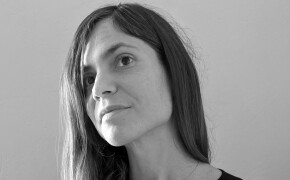The Museum of the Mummies of Quinto arises from the need to carry out actions that reactivate the local economy and stop the progressive process of depopulation
Quinto Mummy Museum was opened in response to the need to reactivate the local economy and halt ongoing depopulation in the area. An opportunity for a novel project arose when tombs containing mummified human remains were found in Quinto, while the 15th-century Mudéjar church, a historical building of artistic interest, offered the perfect venue.
Guided tours are available at the museum, explaining the history of the town and church and providing information about 18th and 19th century funeral rites based on the archaeological remains found and displayed in the church.
Work has also been carried out to research and preserve the remains. This research is documented in videos screened at the museum and will soon be disseminated in the form of publications.
Partnerships have been established with local hospitality companies to offer visitors to the museum discounts on accommodation and restaurants.
Intensive promotion is taking place via attendance at tourism fairs, radio and TV advertisements, and social media.
The museum is accessible for people with mobility difficulties and content is provided in several languages and adapted for different age groups
Ten guided tours are scheduled each week, although additional visits can be arranged for groups upon reservation.
Resources needed
The financial resources have been obtained from various sources, such as the Quinto de Ebro City Council, Zaragoza Provincial Council, EAFRD funds and the resources obtained from ticket sales.The material resources have been provided by the Quinto de Ebro City Council which has hired three guides.
Evidence of success
Since the museum opened in June 2018, it has received 11,200 visitors.
Restaurants and hotels have seen increased custom.
Greater awareness of the potential of cultural heritage to serve as a vehicle for development among the local population has led to new projects in the town, including the restoration of the 16th century palace.
Difficulties encountered
The project’s novel nature made it difficult to find information to help with its implementation.
Significant efforts were required to explain the objectives of the project to the local population and to justify the exhibition of human remains.
Potential for learning or transfer
The museum demonstrates how a municipal project to enhance culture, social cohesion and the economy in a specific place can activate assets that were previously unused and practically unknown despite their historical importance.
Collaboration between researchers, technicians, and social and political representatives can boost an area’s economic and cultural activity.
Tags: Built heritage, Cultural heritage, Heritage, Management, Rural








